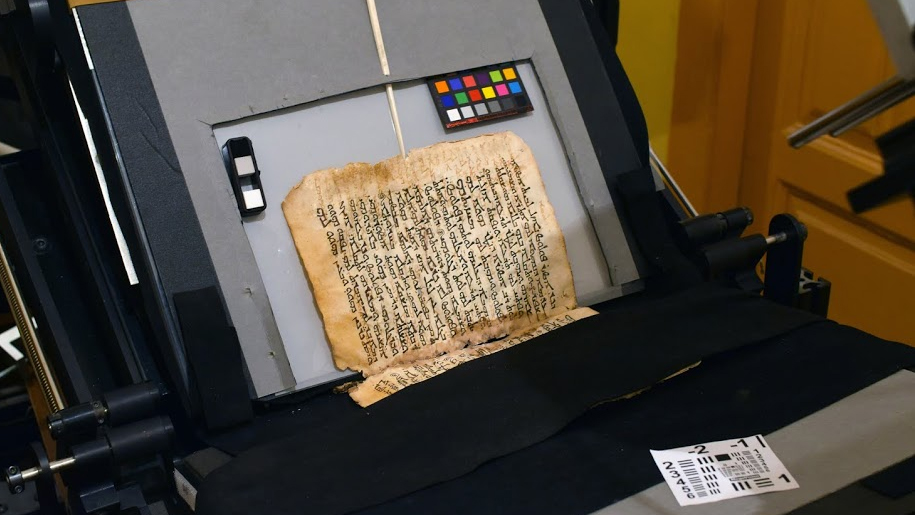Medical Recipe Attributed to Hippocrates Found in Palimpsest from the St Catherine’s Monastery Collection
For quite a long time writing materials were a very expensive thing. It is not surprising that Mediaeval scholars were looking for some ways to cut the costs or recycle the materials. That’s how palimpsests were introduced. Often the old not-so-important texts were scraped or washed off from the leather (or papyrus) pages to allow for the new texts to be written over. This time the unimportant text of the medical recipe book attributed to Hippocrates was replaced by a layer of Bible text known as the “Sinaitic manuscript”.
Along with the recipe attributed to Hippocrates the original manuscript contains three other medical texts and pictures of medical herbs recorded by an anonymous scribe. This finding is dated to the 6th century CE.
St. Catherine Monastery in South Sinai holds a notable collection of palimpsests as a part of their several-thousand-volume collection of Ancient and Medieval manuscripts. Oldest of the manuscripts dates to the 4th century CE.
Modern approach to the recovery of the data hidden in palimpsests includes digitizing, X-ray fluorescence imaging, ultraviolet light photography, etc.
The text was analyzed in partnership with the Early Manuscripts Electronic Library (EMEL).
There is a video by a Middle-Eastern Christian channel Tele Lumiere Noursat that allows to get more glimpses of the manuscript:
Please Support us on Patreon!

Moreover, starting with the pledge level of $3, you will get a digitized vintage book about bookbinding, book history, or book arts each month from us!
These pledges help iBookBinding to continue its work and bring more information about bookbinding and book arts to you!


